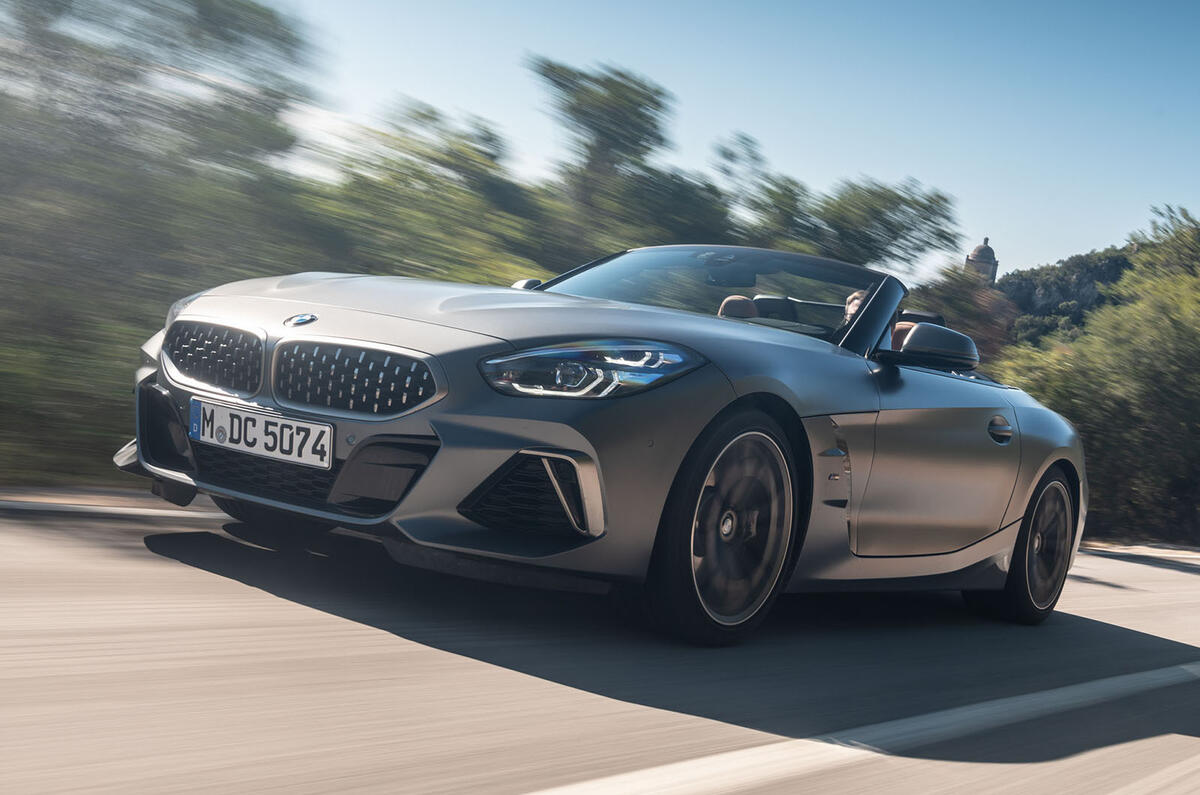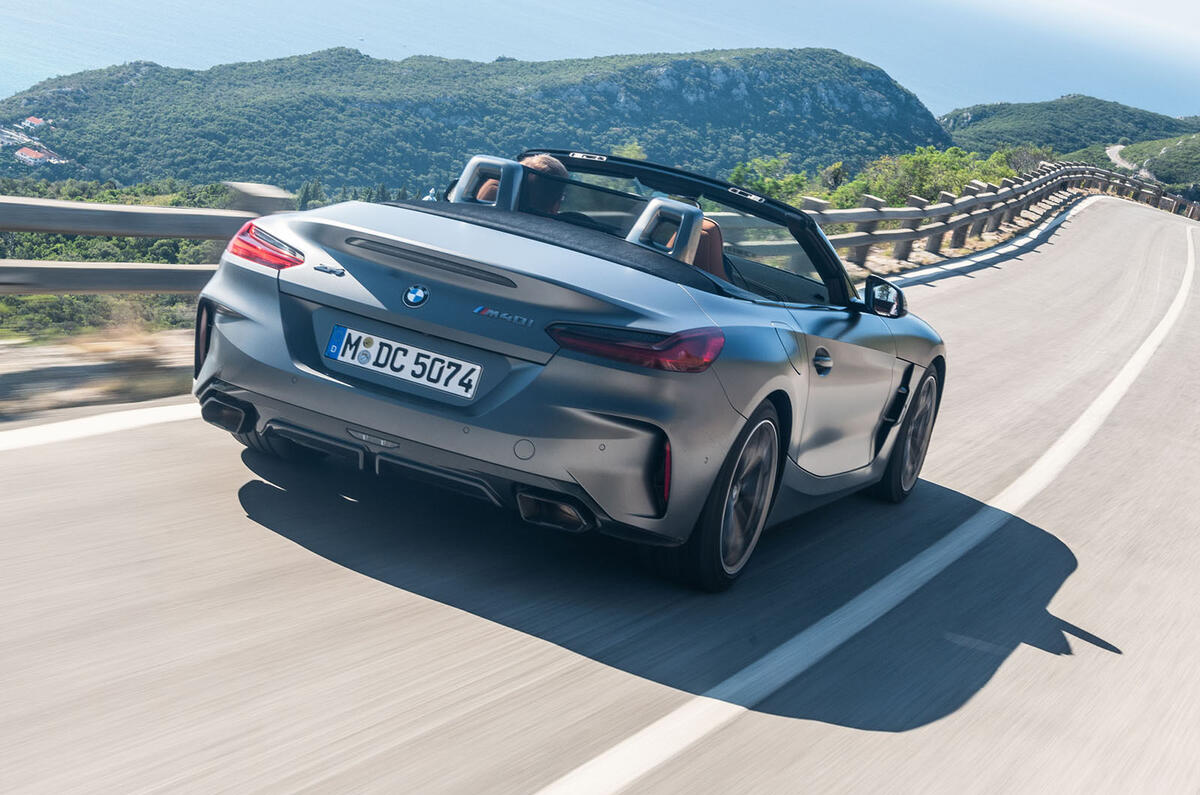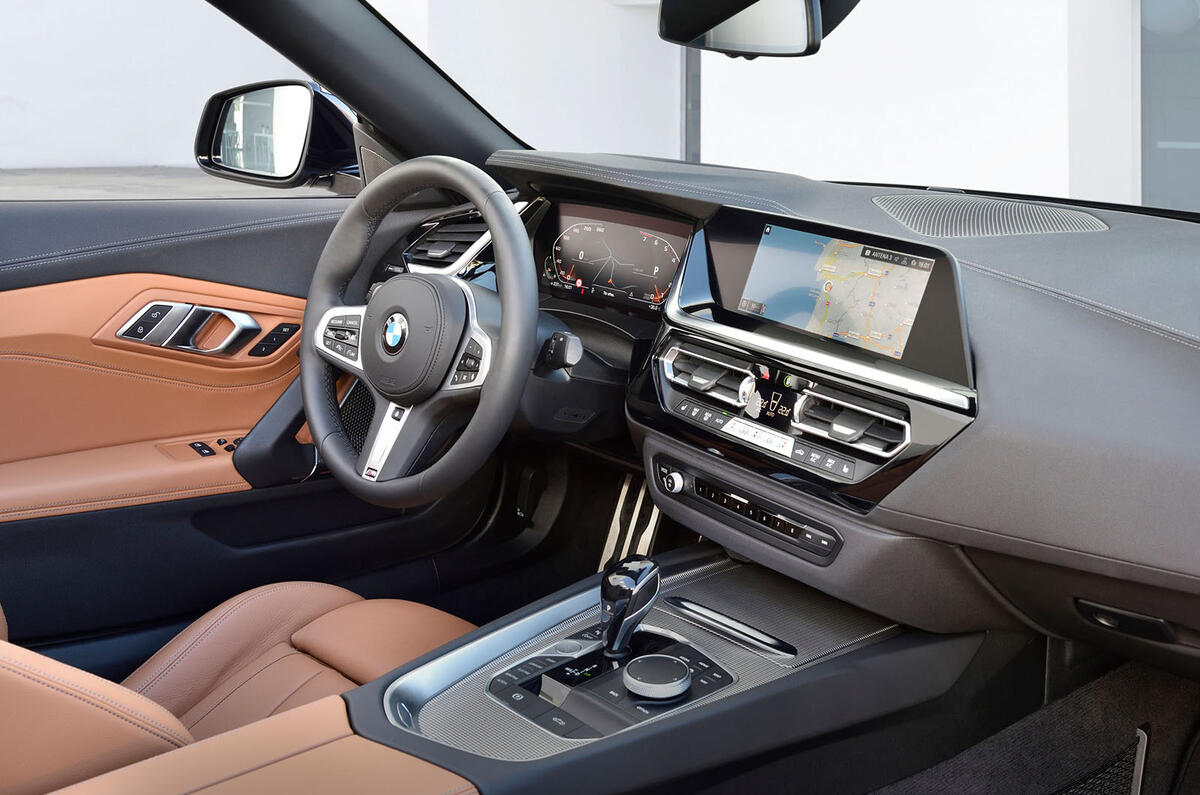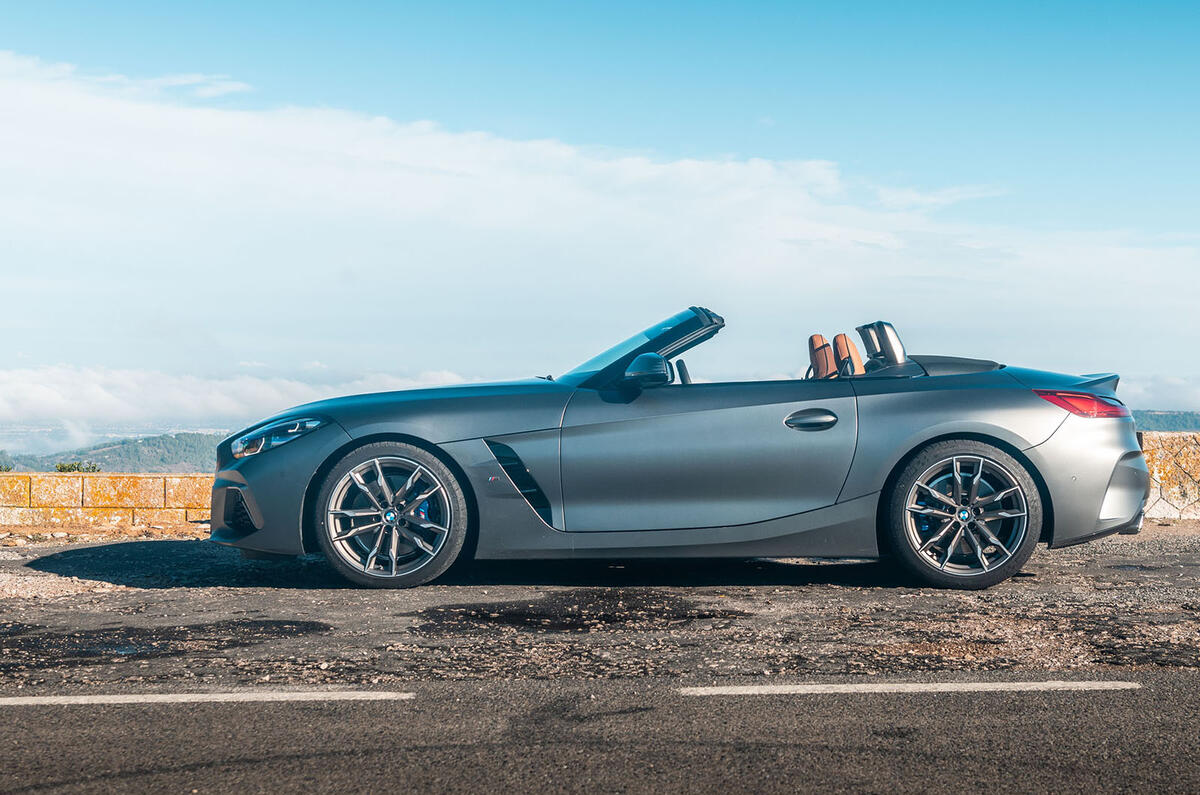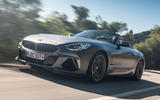The BMW Z4 has brought stability to its maker’s sports car offering. For more than a decade before it arrived, BMW seemed only to be experimenting with various executions of two-seat good-time cars.
The BMW Z1, Z3 and Z8 had plenty of novelty value, but none won enough commercial success to survive beyond one model generation (although that latter fact seems a bit bonkers when you think that secondhand values of Z8s have now risen well north of £200,000).
The Z4, on the other hand, has been successful enough to convince BMW to directly replace it not once but twice. The latest, third-generation version drops the folding metal hard-top of the 2019-2016 BMW Z4, but it's still slightly longer, wider and heavier than its immediate predecessor.
Chunkier or otherwise, though, BMW will tell you that this is an attempt to reverse the move made by its predecessor away from uncompromising driver appeal – to represent BMW’s traditional sporting DNA as best a modern front-engined, rear-wheel-drive roadster can and maybe even give owners of the four-cylinder Porsche 718 Boxster S greater pause for a silken six-pot reverie than it has managed before.
This is the car Munich has been developing in tandem with industry giant Toyota since 2013, of course – the platform sibling of the incoming Toyota Supra. That fact, more than anything, might be the reason why Munich hasn’t shrunk it down or changed it around too much, because doing so would only have made engineering the car on a common platform harder.



